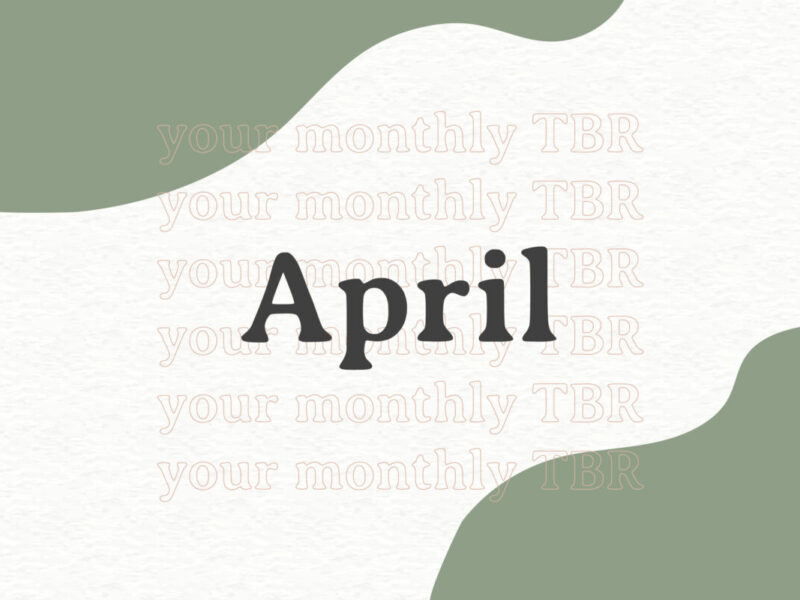How to Create and Maintain a Writing Schedule
When it comes to writing, sometimes getting started is the hardest part. The woes of writer’s block are real, and one of the tried-and-true ways to protect yourself against it is to write regularly. Building a writing habit is a lot like working out a muscle; the more you do it, the easier it becomes. Here are five simple steps to help you create and maintain a writing schedule—that you can actually stick to.
Set a goal
To start, let’s get clear on why you may want a writing schedule in the first place. For some, this will be an easy question to answer. For others, it might take some more time to define. Maybe you want to prepare a selection of poems for submission, or maybe you want to improve your writing skills more generally. No matter the goal, having one will help you stay motivated and track your progress.
The type of goal you choose will help you determine how often and for how long you’d like to write. For instance, if you want to finish a novel, you might set a goal to write two pages a day for 90 days. If you want to improve your writing and build a habit, you might start with just 30 minutes of writing each day. Of course, consider any other commitments you might have, like work, school, and spending time with loved ones. It’s important that your goal doesn’t set you up for burnout before you even start.
Pick a time, any time
Next, consider what time of the day you are most productive. Do you wake up energized, or do you need a cup of hot coffee first to get you going? Do you prefer to wind down with your favorite TV show at the end of the day, or do you like to get creative in your free time? If you’re not sure when your peak productivity hits, this simple quiz can help you figure it out.
Once you’ve determined your peak hours, make a date with yourself. Whether you write it in a planner or save it on your phone, make sure you block off that time just for you. Try out writing at this time consistently for a few weeks and see how you feel. If you decide you’d like to change it later, you can! It’s not the time of day that matters, but the commitment.
Select a space
Once you have a goal and your peak productivity hours in mind, it’s time to decide on a space. Some people do just fine writing anywhere and everywhere, but if you’re struggling to hold onto the habit, it could help to define a writing-only space. This could be a comfy zone in your home, at your favorite coffee shop, or a spot at the library or park. As long as you can get there during your peak hours and feel comfortable setting up shop for a while, it’s good. Over time, you will begin to associate this place with creativity and productivity, and sometimes just walking in will be enough to get the creative juices flowing.
Devise a strategy (or two)
So you’ve got a goal, a time, and a place. Now to face the blank page in front of you. Sometimes, this is the hardest part. Luckily, there are a few strategies you can use to get your fingers typing (or writing). Word sprints are an excellent warm-up exercise for those who want to write something new each time they sit down. Eliminate all distractions and set a timer for 5, 10, or 20 minutes. Once your fingers hit the keys, don’t stop until your timer ends. Whether you write a stream-of-conscious piece, a poem, or a letter, remember that technique doesn’t matter. The point of the exercise is to let go of technique and allow yourself to think creatively. The Pomodoro timer is another great strategy for those who want to write for a little longer but need breaks in between. With this approach, you’ll write for 20–25 minutes, take a 5 min break, then repeat. Once you’ve repeated this cycle four times, you can take a longer break (let’s say 30–45 minutes) to recharge.
Keep a log
It’s always satisfying to track your progress, and if you can make it visual, it’s all the better. While there are plenty of apps you can use to track your writing progress, pen and paper are just as good. You can keep it as simple as checking off boxes or tallying the days you’ve written, or you can make it as beautiful and colorful as you like. If you’re a bullet journal fan, this beautiful writing log can serve as inspiration.




